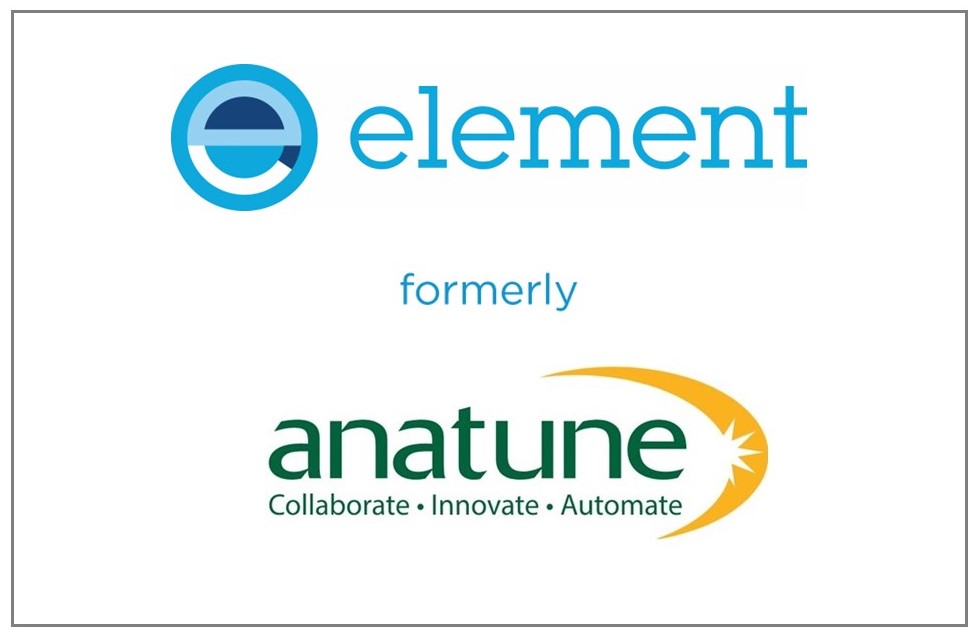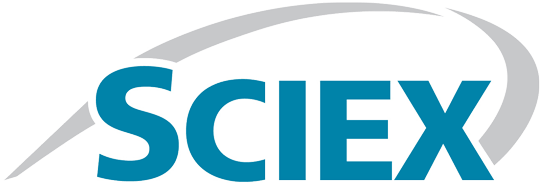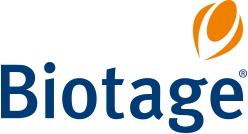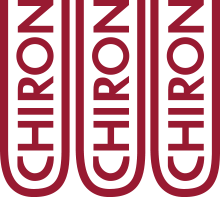Code of Practice for Analytical Toxicology
This document has been drawn up in response to developments in the UK, in Europe and increasingly, world-wide, concerning the quality both of analytical measurements and interpretation in the toxicological area.
References
- House of Lords Select Committee on Science and Technology; - Report on Forensic Science (Feb 93), HL Paper 24 (HMSO).
- Report of the Royal Commission on Criminal Justice (July 93) Cm 2263 (HMSO).
- DTI "Valid Analytical Measurement" (VAM) Initiative, 1988, in support of the National Measurement System
- EU Ministers of Health Council Resolution (OJ C185),July1989,p2.
- Compendium of facilities for drugs of abuse testing and general analytical toxicology in the European Community (EUR 15980),1995.
- USA Federal Register (part IV),DHHS,April 1988. "Mandatory Guidelines for Federal Workplace Drug Testing Programs".
- "Desirable Performance Standards for Assays of Drugs". Stewart MJ,Fraser CG. Ann Clin Biochem, 1989,V26,p 220-226.
Ethical Statement on the Performance of Analytical Toxicology
The LTG considers it is the duty of all professional analytical toxicologists to adhere to the ethical standards listed below.
- Ascertain the clients needs.
- Advise the client on appropriate quality systems and analytical methods, and on their limitations.
- Conduct analyses confidentially, with relevant sample and result continuity and with appropriate Internal Quality Control and, wherever available, External Quality Assessment.
- When giving reports, interpretation or advice, to:
- (i) Not exceed the limits of their knowledge and experience.
- (ii) Consider alternative explanations or tests.
- (iii) Make any limitations clear.
- (iv) Distinguish clearly between fact and opinion.
- (v) When acting as an Expert Witness, remember that their client is the court and not either the prosecution or the defence.
Personnel, Competencies and Resources needed for the Good Practice of Analytical Toxicology
Reporting Toxicologist
This is the key competency or post required (- the role of other posts is to support this function). This individual shall have documented scientific qualifications or equivalent appropriate experience, in analytical toxicology. Only someone with this competency should be deemed competent to:
- Advise clients/users on the analyses etc. appropriate for their requirements.
- Authorise changes to analytical methods (inc Reagents) and the validation appropriate for any change.
- Authorise and release of results to clients including any interpretation of those results and advice on subsequent analyses, and have the ability as needed to give evidence and to act as an expert witness.
Management
- Management of Analytical Toxicology should be under the control of someone professionally competent in Analytical Toxicology (i.e. "Reporting Toxicologist" level competency) so that appropriate procedures are selected and correctly used. This is necessary as both Clients and the people who authorise (- and in so doing take responsibility for -) reports to clients must have a justified confidence in the whole system used to produce the report.
- Other functions requiring Reporting Toxicologist level of competency are:
- Senior staff appraisal and training
- Selection of appropriate Quality Control systems
- Selection of appropriate Quality Assessment systems
- Approval of remedial actions taken to ensure performance quality
Overall Management Functions
Overall management arrangements must ensure that:
- Space and resources are appropriate for the safe, legal and competent performance of analytical toxicology.
- Staff have:
- the qualifications, experience and training for the proficient performance of analytical toxicology
- their knowledge and skills kept updated
- their proficiency monitored and appraised
- The Analytical Toxicology section takes part in appropriate external Quality Assessment (QA) schemes. External QA and Accreditation data must be routinely available to the Head of Analytical Toxicology and to that person's superior.
Note:
If the higher managers of an organisation are not appropriately qualified to be a Reporting Toxicologist, someone with Reporting Toxicologist competency will be needed to appraise analytical toxicology staff competencies, resources and performance.
Laboratory Quality Systems
Any work performed by the laboratory can be subject to challenge in subsequent criminal or civil proceedings. It is necessary therefore that a well documented quality system should be in place. However, it is important to recognise that the purpose of the system is to get the work done to a specified standard to meet the needs of the client including such issues as timeliness and economics. The Quality System should encompass the following matters:
- Procedures for ascertaining the requirements of the client and relating these to the capability of the laboratory.
- Requirements for the collection, containment, labelling and transmission of specimens to the laboratory to assure safety and the integrity of the specimens before receipt.
- Maintenance of the integrity of specimens from receipt throughout the analysis and subsequent storage.
- Standard Operating Procedures (SOP) for all stages of the laboratory functions. These should provide safe, clear instructions to all staff members and be amenable to internal and external audit.
- Use of Analytical methods (including reagents) which have been validated and based on peer reviewed work or scientific principles in the public domain. Any variations on the use of commercial kits must be characterised and validated.
- Maintenance requirements for all equipment and procedures for checking and recording the relevant state of calibration of all measurement equipment.
- Provision of authenticated standards used for qualitative and quantitative purposes. Records should be available regarding the source of authentication, shelf life and usage of standards and reliable procedures should be in place to maintain their integrity.
- Records should be available regarding the source of reagents, their validation, shelf life and usage. Reliable procedures should be in place to maintain their integrity.
- Quality control procedures to enable an assessment of the performance of all aspects of the analytical processes to be made by both analysts and management. These should be supplemented by internal and external proficiency testing.
- The system should recognise that the key to high quality performance is the competence of the staff. Thus the knowledge and skills required must be clearly identified (vide supra) and clear records must be kept regarding which members of staff are trained and authorised to carry out particular operations.
- All work performed must be documented to such an extent that retrospective checking/audit is facilitated. Records should be kept secure and all staff must be made aware of the duty of confidentiality to the client.
- The quality system should be amenable to modification, but changes must be documented and approved at a senior level.
If attention is directed to the matters discussed above, the quality system provides the essential requirements for accreditation by an external agency e.g. CPA,UKAS etc. Contrary to popular misconception, the best quality systems are not bureaucratic but are judged by their 'fitness for use', i.e. their intrinsic quality. The test must be whether the laboratory and the client have a justified confidence in the service and that the client's needs are recognised and satisfied.
Fields in which LTG members are active:
- Academic
- Accreditation
- Clinical
- Therapeutic Drug Monitoring
- Overdoses and Acute Poisonings
- Detecting Drug Abuse - Drugs Intelligence
- Employee testing and Occupational Health
- Forensic (Alcohol, Drugs, Poisons etc.)
- Military
- Pharmaceutical Drug Trials
- Pharmacology
- Poisoning by environmental agents
- Quality Assessment
- Sports Testing (Human, Equine and Canine)
- Trace Element analysis














